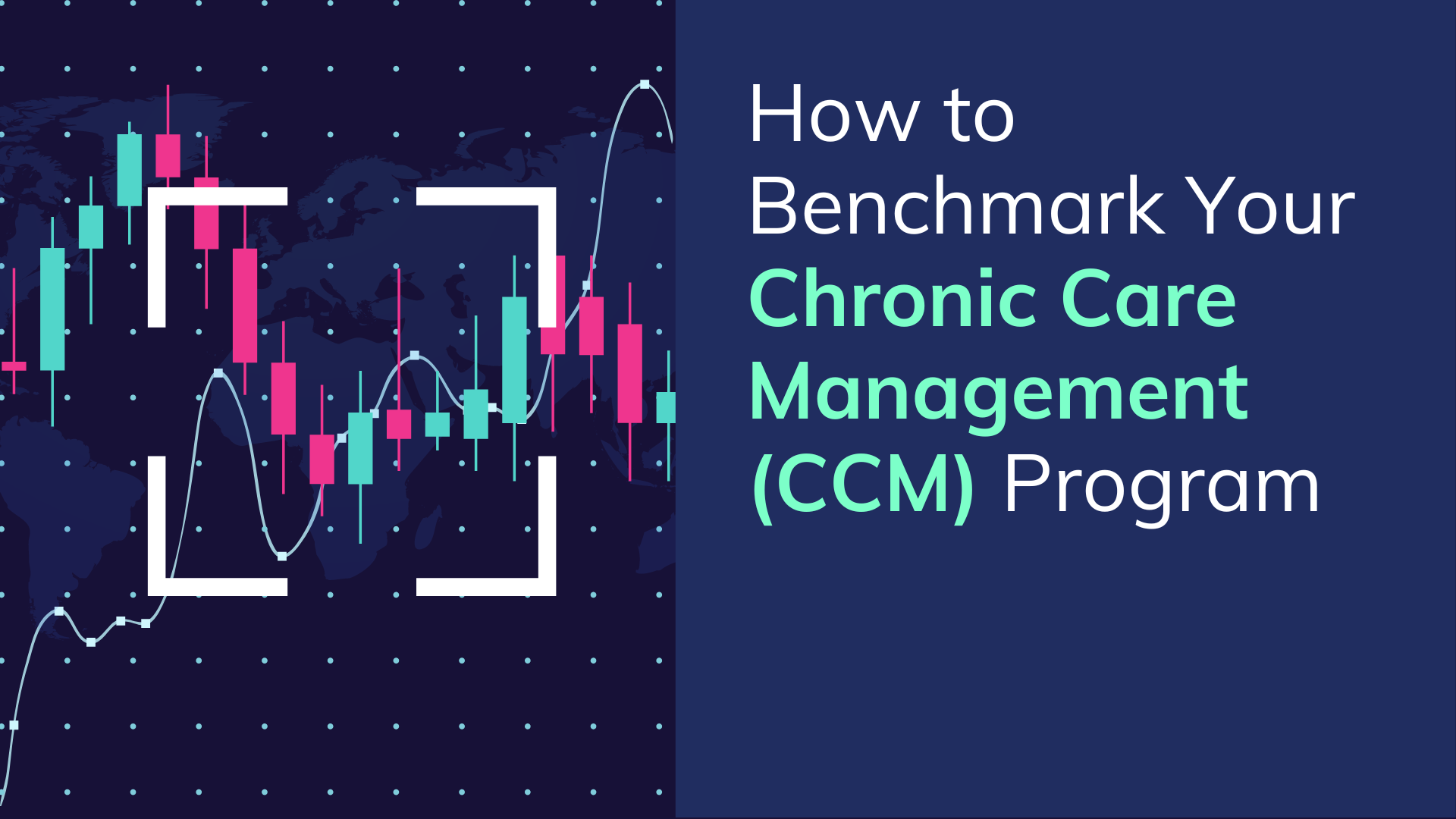
Less than 3% of providers participate in Medicare’s Chronic Care Management (CCM) program — even though Medicare increased reimbursement by 54% in 2022. CCM compensates providers for all the between-visit care they currently provide for free to their patients with multiple chronic conditions. So why don’t more providers run CCM programs?
It’s a question of scale.
The average median program size is tiny at just 41 patients per provider. At that scale, the operational costs outweigh the potential upside. To be financially sustainable, programs need to reach critical mass in a cost-effective way – quickly. But what does that actually look like?
Under-penetration of the CCM program means that many medical group leaders have not seen a cost-effective CCM program operating at full scale. Without that exposure, it may be difficult to evaluate the performance of your own CCM program. Here are some benchmarks that may be useful.
Three types of benchmarks can help you evaluate your program:
You can start seeing program revenue in 90 days with a strong launch. Here are three key benchmarks to consider:
It’s not enough to simply operate at scale. Clinical outcomes and patient satisfaction should be top of mind. Your most valuable assets are the relationships you have with your patients. Does your patient engagement reflect that?
An efficient, effective, scalable care management program can drive financial success under both fee-for-service and value-based payment models.
Most medical groups have a large pool of Medicare patients with 2+ chronic conditions, but a limited ability to impact those patients with care management. Traditional care management involves a care manager calling an average of three times before reaching them on the phone, then spending 20 minutes after the call trying to complete documentation in the EHR.
Besides offering a suboptimal approach to patient engagement, traditional care management is labor-intensive and extremely expensive. Medical groups simply don’t have the staffing or the funding to provide traditional care management to all of their patients who could benefit.
Traditionally, care management has been a limited resource. Staffing shortages stifled program growth, and medical groups were left with small-scale, unprofitable programs.
But now, care managers now have access to technology that can significantly streamline their work and improve their ability to care for patients. In the future, we need to think of care management as a population-scale capability. We’ll talk more about that next week – but in the interim, please connect with me if you’d like to learn more.
Darshan has 15+ years experience co-founding and building high growth healthcare technology businesses committed to improving access to care and quality of care. More about Darshan…
Phamily © 2024. All Rights Reserved.